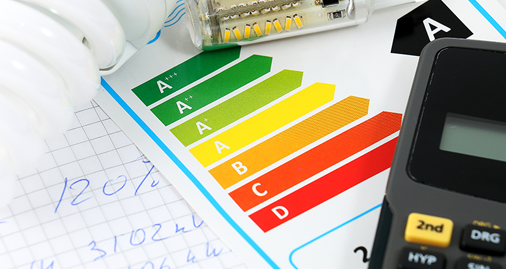Evaluation, Measurement, and Verification for Energy Efficiency Policies and Initiatives
Investing in energy efficiency for homes, businesses, and other facilities is a proven and cost-effective strategy for meeting electricity demand, supporting economic growth, and avoiding pollution from power plants. States and cities adopt and refine requirements for evaluating, measuring, and verifying (EM&V) their energy efficiency investments to ensure energy efficiency policies are achieving intended levels of energy savings and emissions reductions.
EPA has created the following resources for state and local staff:

EPA’s Guidebook for Energy Efficiency Evaluation, Measurement & Verification is intended to help state, local, and tribal air and energy officials—as well as key stakeholders such as utility energy efficiency implementers—learn about, establish, and refine their EM&V methods. The guidebook provides basic information, defines terms, and identifies applicable practices for key EM&V topics and methods.
The practices described in this EM&V Guidebook provide air and energy officials with a credible basis for determining whether energy efficiency activities are achieving intended levels of energy savings and emissions reductions. The EM&V Guidebook can also help air officials understand the basics of EM&V and engage in discussions with their counterparts in energy agencies.

For more general information about energy efficiency EM&V, the white paper EM&V for Energy Efficiency Policies and Initiatives describes the status of energy efficiency policies and initiatives, identifies the associated objectives, and provides discussion and examples of how EM&V is typically tailored to the objectives for that policy or strategy. It is intended as a primer for representatives of jurisdictions, companies, electricity planning organizations, and other entities that are using or considering using energy efficiency to achieve their goals.
